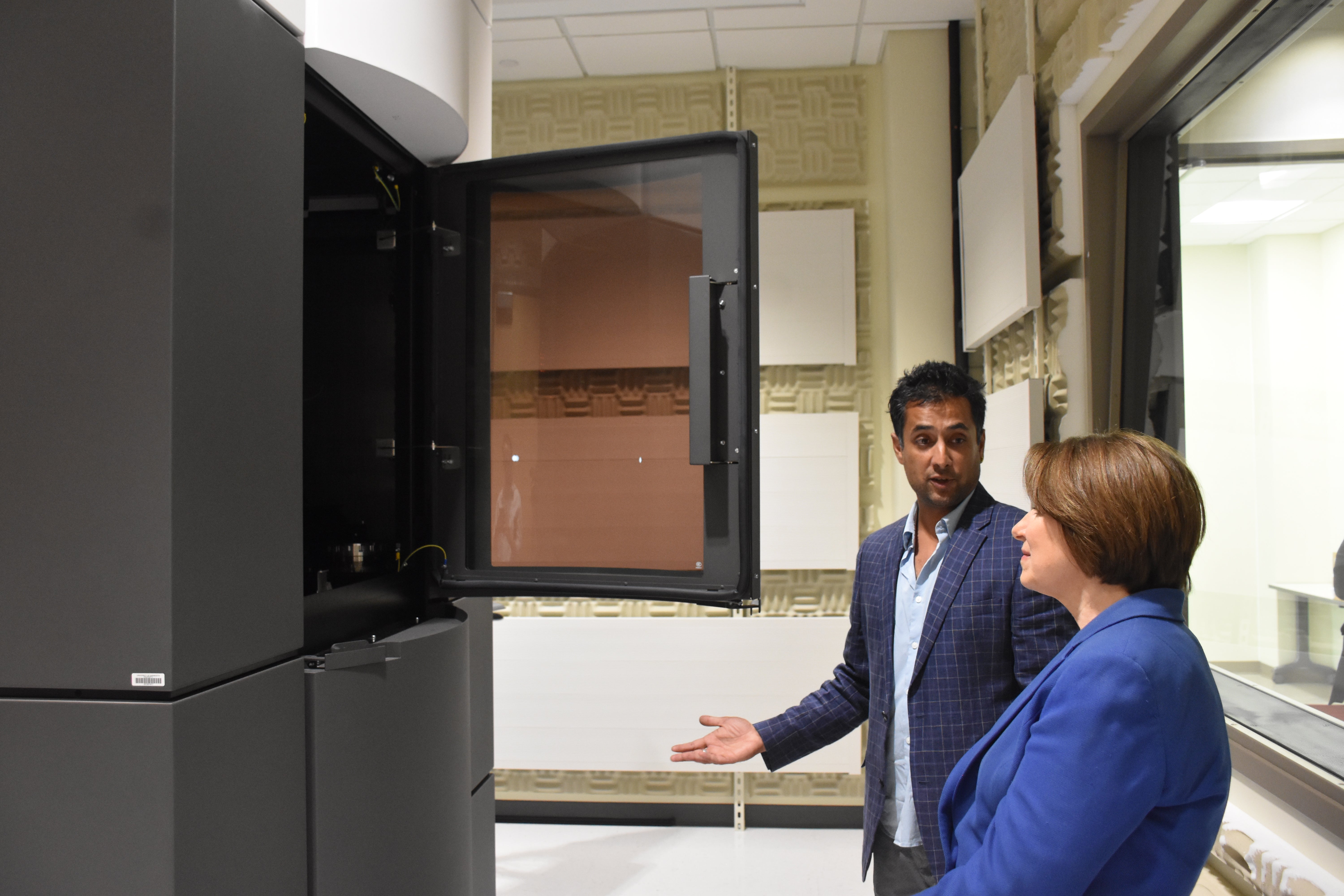Step up!
Published 8:12 am Wednesday, March 28, 2012
[imagebrowser id=2882]
Local groups are moving Mower in a healthier direction
For about 80 women, Zumba classes at the Mower County Senior Center offer a way to socialize, dance and — ultimately — live healthier.
“It’s a total body workout,” instructor Amber Yaw said of the class, which is for women of all ages and meets Tuesdays and Thursdays.
The dancers are taking small steps toward healthier lives, and they’re certainly not alone.
Places like the Senior Center and local businesses aren’t typically seen as centers for public health, but community organizations increasingly will have a hand in residents’ health.
“They call it community health because it’s not just up to one person to decide,” said Mower County Public Health Director Lisa Kocer.
Health leaders like Kocer and Mower Refreshed Health & Wellness Coordinator Sandra Anderson are looking to the public for help.
Anderson said many groups are doing exciting things. One group is a women’s bone strengthening class meeting in Dexter. Other people at a foodbank are growing extra produce to donate.
“We’ve got a lot of really creative people in our county looking at creative ways to make that healthy choice easier,” Anderson said. “There are some really neat gems happening.”
Mower in the middle
Mower County is dead center in statewide health statistics. Last year, Mower improved by one point to rank 42 out of 85 Minnesota counties on www.county healthrankings. org.
“We’ve definitely got work to do, but we also have some really good things going for us,” Kocer said.
County health rankings is just one tool Public Health uses to judge the community’s well-being. Employees typically look at Minnesota Department of Health statistics and other stats when gauging health. Stats include data on infectious diseases, obesity and the number of smokers, among other factors.
Statistics aren’t perfect, because they’re typically a few years behind.
“It still gives you a sense,” Kocer said. “And they collect that data over time, so you can compare it.”
Other tools like annual student surveys and demographic numbers help paint a broader picture.
Social factors like the number of early and low-weight births, the number of students receiving free and reduced lunches, and poverty levels can also provide insight to health trends, Kocer said.
“Those are risk factors that lead to poor health,” she added.
Mower County has high poverty rates compared to other Minnesota counties, and there are also a high number of children receiving free and reduced lunches. However, Kocer touted the free and reduced lunches as programs that help improve health locally.
Public Health is taking things a step further. The office is surveying residents and coming out with an assessment of the community’s health.
Local concerns
One concern locally has been high STD rates and high teen pregnancy rates. From 1996 to 2010, the reported cases of Chlamydia more than doubled in Minnesota. Last year, there were 17,760 reportable cases of STDs statewide — up from 16,912 in 2009, according to the Minnesota Department of Public Health.
In 2009, there were 98 reported cases of Chlamydia in Mower County and 10 reported cases of Gonorrhea.
Mower has a pregnancy rate of 1 in 17 for teens ages 15 to 19, compared to the state rate of 1 in 27, according to public health statistics.
That breaks down to 1 in 37 for ages 15 to 17 compared to 1 in 53 statewide. For ages 18 to 19, the rate is 1 in 9 compared to the state’s 1 in 16 rate.
“We have a higher level of some of those STDs,” Kocer said.
The health issues aren’t only with youth, as Kocer said Mower County has a greater aging population than younger population.
“The baby boomers are now getting toward retirement,” she said.
A key challenge will be ensuring the community has ample assisted living space and care providers.
Despite the challenges, there have been many successes. Kocer said the number of smokers in Mower County has decreased.
“It’s not been an easy or fast change,” Kocer said.
A community effort
While Public Health has been a key force in surveying and analyzing the health of the community, implementation and changes can often be more difficult, especially because funding sources are dwindling because of cuts, according to Kocer.
But Public Health is far from alone.
Health is a community effort.
One recent example has been Anderson’s Mower Refreshed.
“Mower Refreshed is the perfect example of the community coming together and saying we want to make Mower County a healthy community,” Kocer said.
Another collaborative effort has been an early Childhood Intervention committee that works to address health issues in children before they reach kindergarten, because many issues like learning disabilities are better addressed if steps are take at early ages.
“I think that’s a real strength in our community,” Kocer said.


